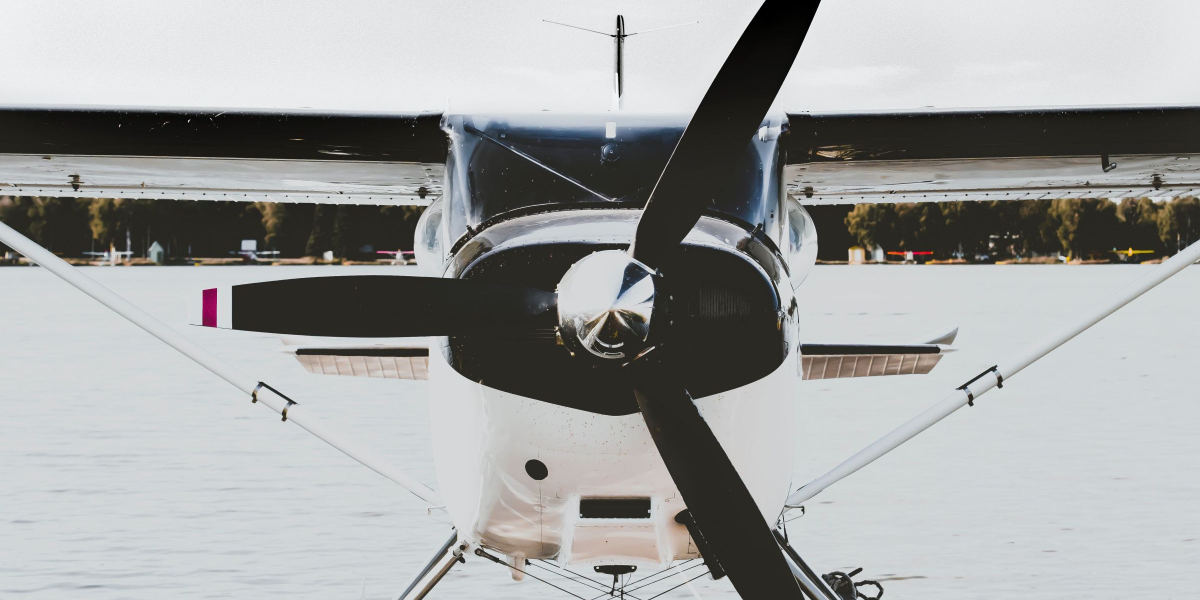A tragic seaplane crash in Washington state has resulted in a legal battle that seeks to hold both the aircraft operator and the manufacturer accountable for the devastating incident. The lawsuit not only highlights the complexities of aviation liability but also underscores the importance of ensuring safety and transparency within the aviation industry.
The crash, which claimed several lives, occurred when a seaplane operated by a local aviation company experienced a fatal accident. The lawsuit alleges that both the aircraft operator and the manufacturer share responsibility for the crash due to alleged negligence, faulty equipment, and inadequate safety protocols.
The legal action against the aircraft operator raises questions about the responsibilities that aviation companies bear when it comes to ensuring the safety of their passengers. Operators are entrusted with the well-being of their customers and are expected to adhere to rigorous safety standards to minimize the risk of accidents. The lawsuit will likely examine whether the operator took appropriate precautions and followed proper procedures before the ill-fated flight.
Equally important is the scrutiny placed on the aircraft manufacturer. The lawsuit contends that the manufacturer’s design, construction, and maintenance of the seaplane may have contributed to the crash. This aspect of the legal action delves into the intricacies of product liability within the aviation industry, emphasizing the necessity for manufacturers to produce safe and reliable aircraft that meet stringent industry standards.
The lawsuit’s focus on both the operator and the manufacturer reflects the multi-faceted nature of aviation liability. Aircraft accidents often result from a combination of factors, including human error, mechanical failure, and external conditions. Determining the exact cause of the crash and apportioning blame requires thorough investigation and a nuanced understanding of aviation regulations and practices.
This legal battle also serves as a reminder of the significance of aviation safety. The public places immense trust in the aviation industry, relying on operators and manufacturers to prioritize safety above all else. Incidents like the seaplane crash underline the devastating consequences when that trust is breached. Legal actions aimed at holding accountable those responsible for safety lapses play a critical role in fostering a culture of vigilance and continuous improvement within the aviation sector.
In addition, this lawsuit draws attention to the need for transparency and accountability within the aviation industry. When accidents occur, it is vital for relevant parties to conduct thorough investigations, share findings with the public, and take appropriate corrective measures. Such transparency not only helps victims and their families find closure but also contributes to enhancing overall aviation safety by identifying potential areas for improvement.
As the lawsuit unfolds, it holds implications for the broader aviation industry, influencing the way operators and manufacturers approach safety and liability. The outcomes of legal actions like this can impact regulations, industry practices, and public perception of aviation safety.
In conclusion, the lawsuit arising from the deadly seaplane crash in Washington state underscores the importance of accountability within the aviation industry. By targeting both the aircraft operator and the manufacturer, the legal action highlights the multifaceted nature of aviation liability and the complex factors that contribute to accidents. As the case progresses, it may prompt further discussions about aviation safety, responsibility, and the measures necessary to prevent future tragedies.


